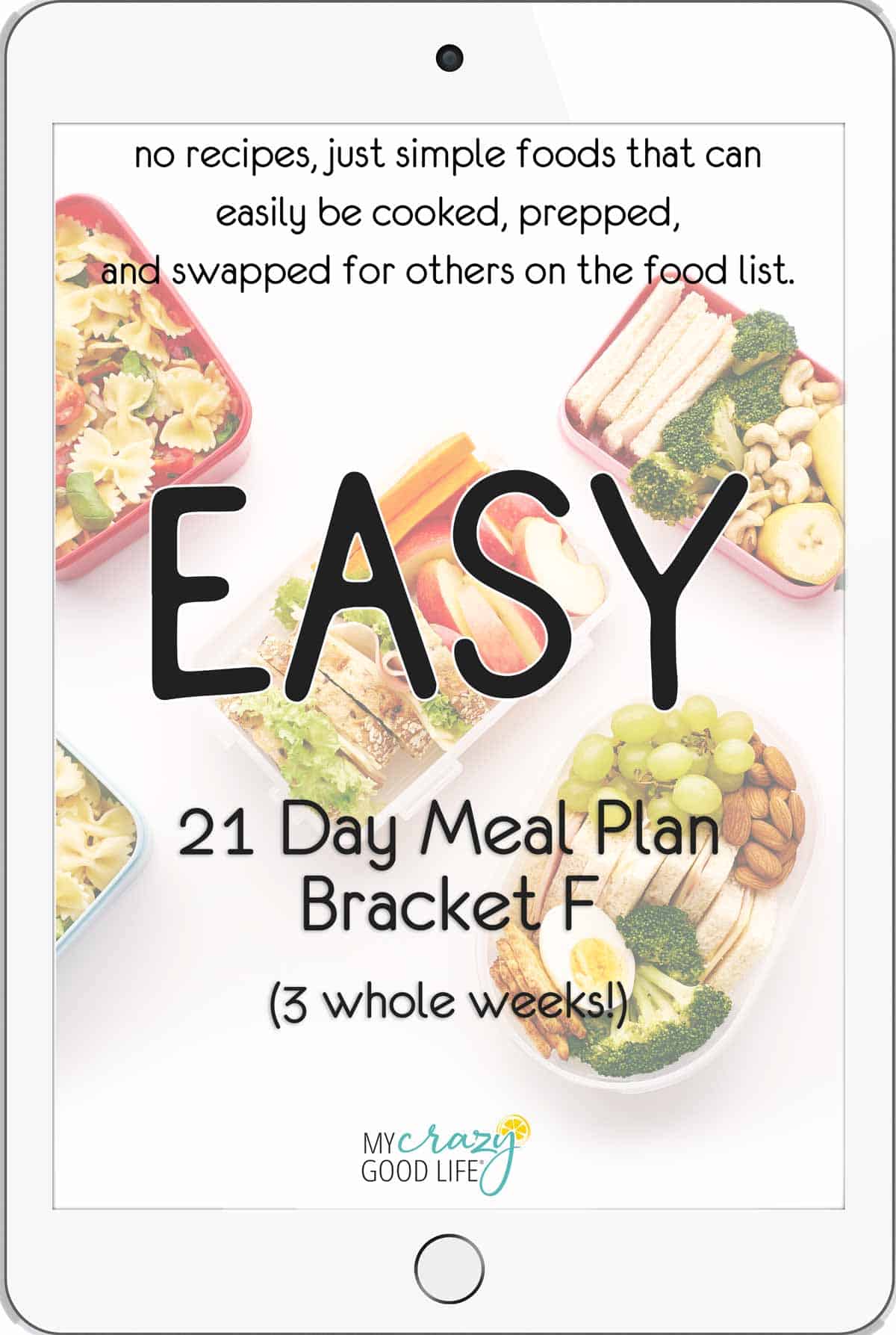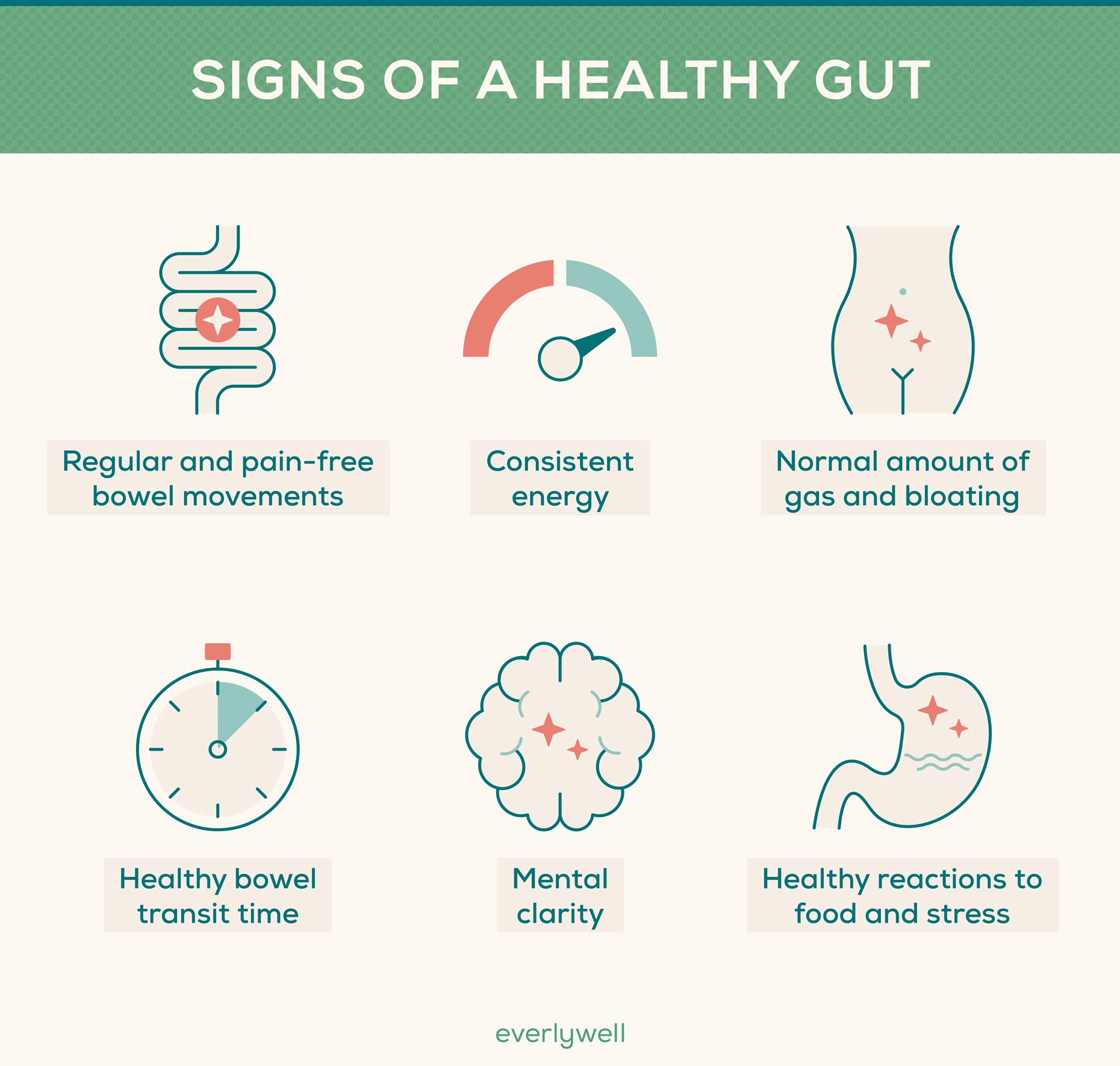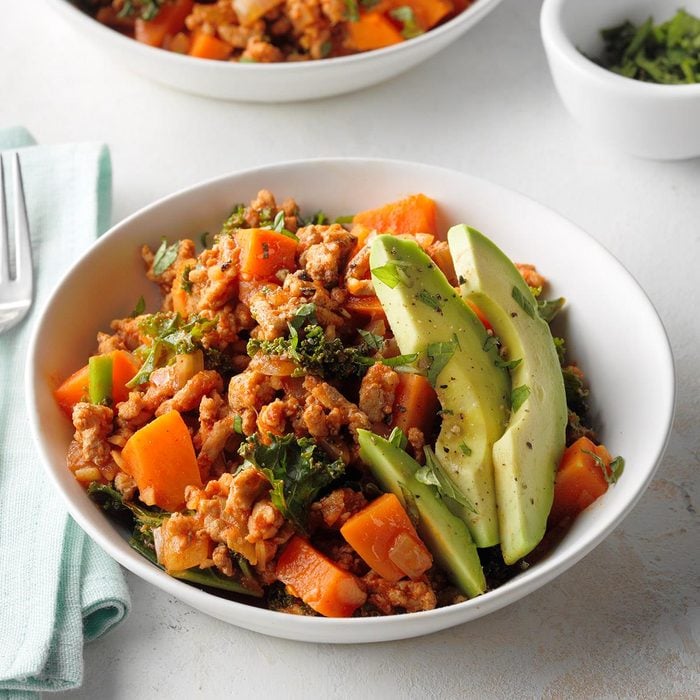
Meal prep is essential if you wish to keep to a ketogenic diet. You can avoid food cravings by having meals prepared ahead of time. In addition, you can avoid overspending on food by preparing foods in bulk. This can help you get the most out of shopping sales.
Meal prep is especially beneficial for busy people who want to stick to the keto diet. It's also great for developing new habits. You can, for example, make large batches of meals and then store them in your fridge. Most foods can keep for up to 3 days. You can even freeze some of your meals for later use.
Meatballs can be one of your most versatile and simple meals for meal prepping. They are tasty, quick and easy to make. You can serve them with fresh herbs or on top of steamed cauliflower rice. These are perfect to be placed in lettuce cups to make a protein-based snack.

Another keto meal prep idea is a low-carb charcuterie plate. A fun appetizer idea that is easy to prepare can include cheese balls or bacon, salamis, olives and other low carb ingredients. This easy dish will be a hit with guests and for those who are looking for a healthy, quick lunch option.
Another great recipe for meal prep is breakfast bombs. These 2.7g net carbs per serve are extremely easy to prepare, freeze, and eat. They are also high in fat and protein. In less than two minutes, heat them in the microwave.
Pizza chicken is another low-carb keto meal prep idea. This one-pan meal can be prepared in either an instant pot or slow cooker. The sauce is a herb-based Classic Pesto. It is delicious with salads and tortillas. You can have it with or without meat.
You can also make a quick Keto Italian sandwich salad. The salad can be made with a variety, just like an Italian sub. This salad is rich in protein and healthy healthy fats. It makes a great lunch or dinner. English cucumbers can be substituted for regular cucumbers to keep carbs down.

An avocado shrimp is another low-carb recipe that can be used to prepare meals. Avocados are a great substitute for shrimp, and they're zesty and healthy. Combine the avocados with some mayonnaise, salt, pepper, and lemon juice to make this a low-carb, nutritious, and delicious alternative to traditional tuna sandwiches.
A Buffalo Chicken Celery Stick makes a great low-carb snack. A great keto meal prep option is bacon and cheese pinwheels. These pinwheels will make your favorite snacks more enjoyable and can be made in less than 30 minutes.
Soups, salads and casseroles are some of the best keto meal preparation ideas. These recipes can be used either as main dishes or as side dishes and can last for several days. They can also be used to prevent boredom. Soups are ideal for meal prep because they're simple to make and easy to reheat.
FAQ
What's a good meal plan for 30 days?
Eating three meals per day is the best way to lose weight fast. Each meal is approximately 2000 calories. These meals should be a mixture of protein, carbohydrate and fat. Protein will keep you fuller for longer and provide energy. Carbohydrates can help you feel fuller and give energy. Fat is a good source of energy and keeps you satisfied.
-
Skip breakfast is a bad idea. Skipping breakfast increases your likelihood of overeating later in life. You should replace your breakfast with an apple or banana if you skip it. This will provide you with the same amount energy as a full meal, but without feeling deprived.
-
Avoid eating after 6 pm. Late night eating increases your chances of snacking on the next morning. High-calorie snacks are more likely to gain weight.
-
Avoid processed food. Salt, sugar, as well as saturated fats are common in processed food. These ingredients raise blood pressure and increase the chance of developing heart diseases.
-
Take in lots of fruits and veggies. Low in calories, vegetables are high in fiber. Fiber fills you quickly and slows your digestion. The result is that you feel fuller for longer.
-
Don't drink alcohol. Alcohol can lower inhibitions and encourage overeating. Additionally, alcohol can reduce insulin effectiveness which is vital for breaking down carbs.
-
Limit caffeine. Caffeine increases adrenaline levels and stimulates your nervous system. Both of these factors lead to increased appetite.
-
Get plenty of water. Water flushes out toxins, and helps you stay hydrated. Drinking lots of water can prevent you from becoming dehydrated. Salty snacks become more attractive to those who are dehydrated.
-
Stay active. Exercise can increase endorphins and make you happier. Exercise also increases metabolism, which helps you burn more calories.
-
Get enough sleep. Sleep improves mood and concentration. It improves memory and learning abilities. Lack of sleep leads to fatigue and overeating.
-
Consider taking supplements. Take multi-vitamins daily to get essential vitamins like Vitamin B and D. Also, try taking fish oil capsules because they are rich in omega-3 fatty acids. Omega 3's can improve brain function, and decrease inflammation.
-
Take care to take good care of yourself. Maintain a healthy weight by exercising regularly and maintaining a proper diet. Avoid unhealthy behaviors like smoking and excessive drinking.
What makes a vegan diet different from other diets and how can it be improved?
A vegan diet differs from other diets because it doesn't contain meat, dairy, or eggs. It excludes animal products. Vegans can therefore avoid milk, cheese, and butter.
Vegans don't eat any meat, fish, poultry or dairy products. This is the main difference between vegan and other diets. Vegans may refer to themselves simply as vegetarians.
Vegans can also avoid honey, gelatines, leathers, silks, feathers, fur and cosmetics tested on animal species.
Veganism is a dietary choice that promotes compassion for animals and environmental sustainability. Veganism rejects animal products due to the suffering and death of factory farms and the damage that is done to animals by hormones, antibiotics, or other chemicals during slaughter.
Veganism advocates vegetarianism, which involves reducing, rather than eliminating, the consumption of animal flesh and secretions.
Vegans tend to eat a plant-based diet. However, they do consume some seafood such as nutritional supplements and fruits and vegetables.
Because they exclude meat and fish, vegans are often called vegetarians. Technically, vegans should not eat any animal products including eggs and dairy, but the term vegan is often used to describe those who strictly avoid these three categories.
Many vegans say they eat less meat than 5 ounces per week (or about 1/4 pound).
However, vegans sometimes include eggs and dairy products to supplement their protein intake. This is not a common practice.
Lacto-ovo vegans are those who eat milk products and eggs but avoid meat. They also eat fish, chicken, shellfish, as well as insects. These individuals can be classified as flexitarians when it comes to meat but strictly follow a vegetarian lifestyle.
Ovo-lacto vegetarians avoid red meat and eat dairy products and eggs. They may also eat some poultry, shellfish, and fish.
Pescatarians eat fish and are vegetarians. Pescatarians must be mindful of their cholesterol levels as fish can have high amounts of fat. They tend to only eat low-fat, non-fried varieties.
You can further divide vegans into two categories: strict and flexible. Strict vegans completely abstain from any animal product, including all forms of dairy and eggs. Flexible vegans restrict the number of animal products they eat. One egg might be eaten every two weeks, or they may choose to eat skimmed milk in place of whole milk.
There has been an increase in plant-based diets over the past few years. This is because health-conscious consumers are looking to lose weight and manage their diabetes. Between 2007 and 2010, the number of Americans who eat a vegan diet increased by 50%. According to industry estimates, the number of vegans in America had reached 2.5 million by 2016.
What is the most healthful drink in the entire world?
The best and most healthy beverage in the world is not what we are looking for. There are some drinks that are healthier than water but not all.
This is because you choose the drink that you like. So when we ask ourselves, 'what is the healthiest drink' we mean, 'which is my favorite drink.'
This means that we shouldn't be surprised that the answer varies widely depending on where you live. Even within a country, the answer can be very different.
In Japan, green tea is the most popular, but in New Zealand, it's coffee that wins. In India, milkshakes reign supreme, while Australia is dominated by beer.
It doesn't really matter which drink is healthiest, because everyone has their own preferences.
It matters if the beverage is healthy. Again, definitions of healthy vary from one person to the next.
One person may find a glass of wine to be unhealthy, but another might enjoy it. A glass of red wine and a slice of cake may be unhealthy for someone else, but it may be perfect for another.
There is no one universal definition of healthiness. Even more, there is not one universal way to measure healthiness.
We cannot therefore say that one drink tastes better than the other. This statement cannot be made without knowing how many alcoholic beverages are in each one.
Even if we knew the truth, there would still be problems because alcohol amounts vary depending on which type of alcohol is consumed. A white wine has less calories than a wine with red grapes.
While we can compare different beverages on the basis of their calorie contents, we cannot assert that one beverage has more health benefits.
It is possible to devise a formula for calculating the alcohol content of each beverage. This would not consider the alcohol's composition, but only the amount.
Even if it were possible to do so, it would still be necessary to know the exact formula of each beverage. This information is not always accessible.
Some restaurants won't reveal the ingredients of their food, for example. Some people don't wish others to know the exact ingredients of their food.
The bottom line is that it is impossible to tell which drink is better.
What are the top 3 foods cardiologists recommend you avoid?
Cardiology doctors recommend avoiding these three foods because they contain too much cholesterol and saturated fat.
The American Heart Association suggests limiting the intake of trans-fats found in margarine or partially hydrogenated oils. Trans fats can raise LDL cholesterol levels, and lower HDL (good), cholesterol. LDL cholesterol levels can lead to heart disease, high blood pressure, and high blood sugar.
High-fat dairy products such as whole milk, cream cheese, butter, ice cream, sour cream, and yogurt also increase cholesterol levels. Certain dairy products can cause allergic reactions in some people.
LDL cholesterol levels rise and HDL cholesterol levels drop when saturated fat is consumed. Saturated fat is found in red meat, poultry, full-fat dairy products, palm oil, coconut oil, and cocoa butter. It can be very harmful if consumed in high quantities.
Reduce or eliminate animal products could help improve your cardiovascular health.
Simple changes in the food you eat can dramatically reduce your chance of getting a heart attack.
It is never too late to start making positive changes in your life. Before starting any new diet, you should consult your doctor.
What is the best diet for weight loss?
The most effective way to lose weight is to eat fewer calories than you burn daily. This means eating smaller portions more frequently throughout the day.
Reducing the amount of sugar and fat in foods can help you reduce your calorie intake. Eating healthy foods such as fruits, vegetables, lean meats, whole grains, low-fat dairy products, nuts, beans, seeds, and fish can help you achieve your goals.
Being healthier can help you avoid heart disease, type 2, diabetes, cancer, osteoporosis, stroke, and other health problems.
You can add vitamins D, magnesium, zinc and probiotics to ensure you get enough nutrients.
Intermittent fasting is the best way to lose weight fast. Intermittent fasting means that you only eat certain times per day.
These people typically eat five meals per fortnight, with only one meal at dinner. The rest of the meals are spread across the day.
This makes people feel fuller because they aren't getting used to eating as little.
How much food do I need every day?
Calorie needs vary depending on age, gender, activity level, size, and overall health status.
For adults to maintain their current weight, they need 1,200-1,800 calories each day.
Calories come from carbohydrates (starchy foods), protein, and fat.
Carbohydrates include glucose, fructose (sugar), and sucrose. Glucose, the primary energy source for our muscles, is glucose. Fructose supplies additional energy to our brains, nervous system and muscles. Sucrose contains both glucose and fructose, making it easier to digest than pure glucose or fructose.
Protein is vital for muscle growth and repair. Protein can be found as meat, poultry, eggs and milk.
Healthy living requires fat. Fat helps you feel fuller for longer periods of time and supplies essential vitamins and minerals, such as vitamins A and E, D, K and B12, omega-6 fats, and monounsaturated fatty acids.
The fat also protects against many types of cancer, such as high cholesterol and cardiovascular disease.
Experts suggest that saturated fats should not exceed 30% of total calories.
However, there is no evidence to suggest that decreasing saturated fat will decrease your risk of developing coronary disease.
A healthy diet should consist of 20-35% carbohydrates, 10%-35% protein and 35%-50% fat.
Statistics
- Overall (tie) Whole30 lacks scientific support and is severely restrictive, according to the experts. (health.usnews.com)
- The ideal amount of protein at breakfast is about 30 grams, according to a 2018 review by nutrition researchers at Purdue University. (prevention.com)
- *Note: The 2020-2025 Dietary Guidelines for Americans recommend limiting saturated fat to less than 10% of total daily calories. (mayoclinic.org)
- Trim fat off meat or choose lean meats with less than 10% fat. (mayoclinic.org)
External Links
- Amazon.com - Amy's soup, vegan, organic minestrone (pasta, beans and vegies) light in sodium, low fat, 14.1 oz (pack of 12) ; Vegetable soups : All Else
- Amazon.com Joseph's Low Carb MINI pita bread 3-pack, Flax Oat Bran, Whole Wheat, 5g Carbs per Serving, Fresh Baked (8 per Pack, 24 MINI pita breads total) : Grocery & Gastronomy Food
How To
There are many health benefits to fruits and vegetables
Vegetables and fruits have many health benefits. Here are just a few.
They contain vitamins, fiber, and minerals. Fiber helps with digestion by helping to cleanse the digestive tract of toxins. Calcium and potassium, which are essential minerals for bone strength, help to prevent osteoporosis. Vitamins increase energy, strengthen the immune system, and aid growth and development.
Fiber is good for constipation prevention and normal bowel movements.
Fiber is a powerful anti-infective agent.
Fruit and vegetable juices are good sources of iron, and vitamin C. Iron deficiency leads to fatigue and weakness. Vitamin C improves bone strength, combats infection and promotes tissue recovery.
Low in calories and high in nutrients, fruits and vegetables are good for your health. They are also inexpensive and simple to prepare.
They are rich antioxidants. Antioxidants help protect against free radicals and other forms of cellular damage. Free radicals, which are unstable molecules that can cause damage to cells, are known as free radicals. Antioxidant compounds can include phytosterols, flavonoids as well as phenolic and flavonoids.
Antioxidants slow down the aging process and may even extend lifespan.
The skin can be kept healthy by eating fruits and vegetables. These vegetables are high in beta-carotene as well as lycopene which gives fruits and veggies their bright colors. These pigments protect skin cells from the sun.
Beta-carotene protects vision from macular degeneration and cataracts. Lycopene has been shown to reduce the risk of prostate cancer.
You will feel healthier physically, mentally, as well as emotionally if you eat fruit and vegetables frequently.